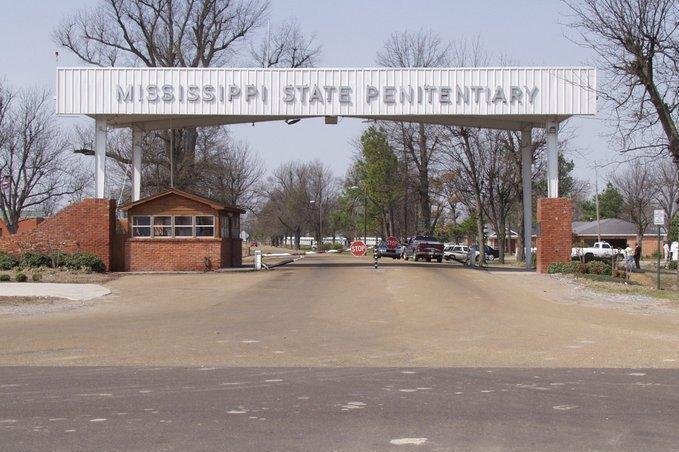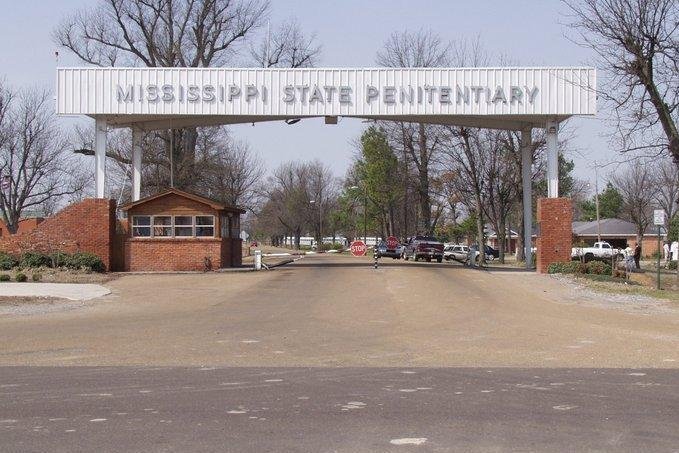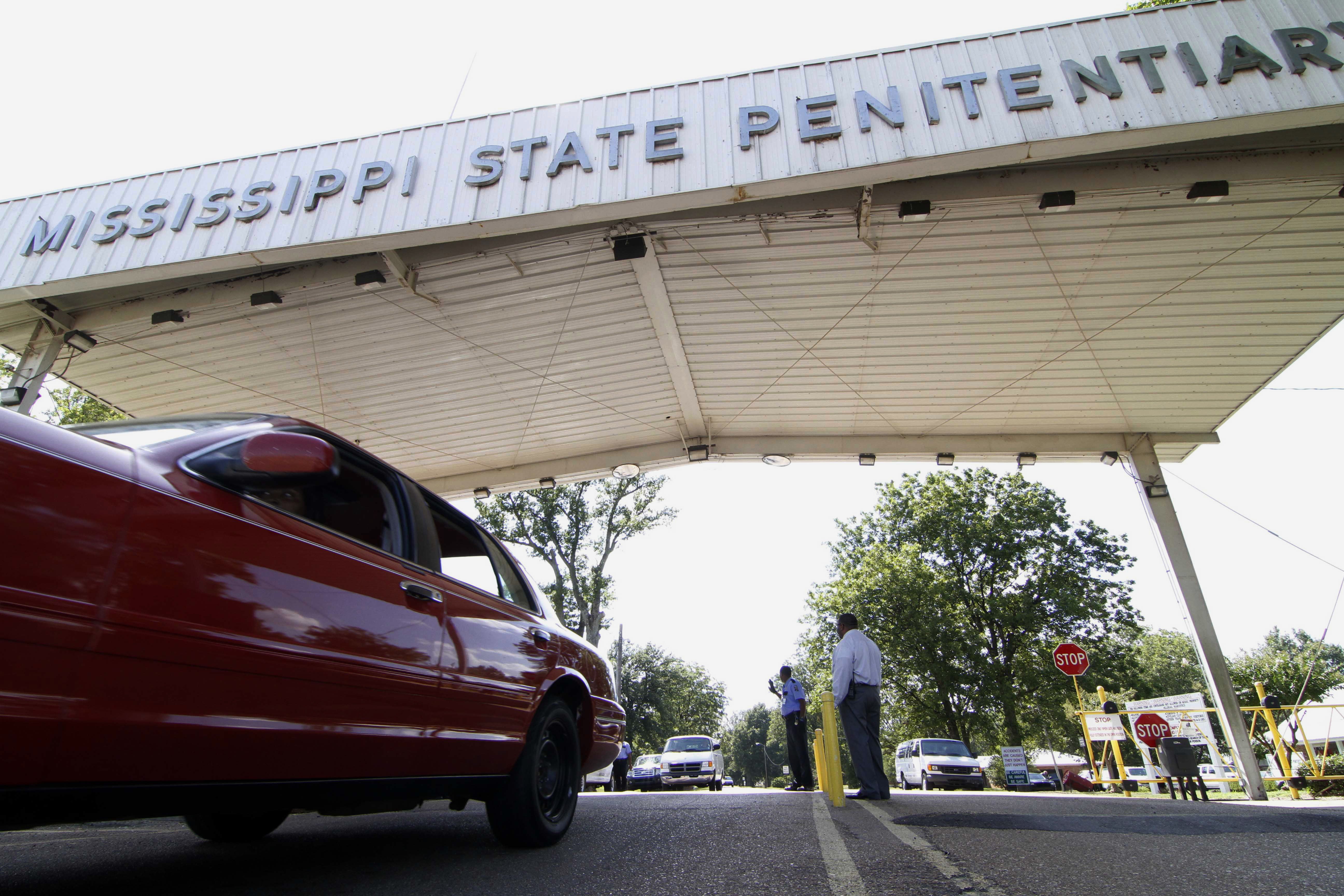By Claire Goodman, Staff writer Monday, February 3, 2020

Photo: Claire Goodman / Staff Writer
Dr. Bill Gilmer discusses the economic forecast for the Houston area.
According to Dr. Bill Gilmer, an expert on the Houston economy, the oil and gas industry is suffering, and the economic structure of the fracking industry is to blame.
Gilmer, a professor of Economics at the Bauer School of Business at the University of Houston and director of the Institute for Regional Forecasting, was the keynote speaker for the Greater Heights Chamber of Commerce’s 2020 Economic Forecast luncheon on Jan. 30. At the luncheon, Gilmer presented the findings of his most recent study, “The Economic Outlook for Houston in 2020: A Credit Squeeze in American Oil and Continued U.S Growth”.Oil credit in the U.S. is struggling, Gilmer explained, due to “a string of highly publicized bankruptcies, mergers, delistings and other signs of financial strain.” According to Gilmer, oil activity is down 25 percent as a result. That downward shift may remove up to 15,000 new jobs that could have emerged in the oil industry before the credit precipitation.
The financial model of the fracking industry is at the center of the problem, Gilmer said. The era of “big oil” fracking is waning, and in its place, a multitude of smaller fracking companies are emerging. “We had seven huge companies with Exxon and Shell, and B.P, and Chevron that sort of ruled the world with multi-billion dollar companies doing multi-billion dollar projects that lasted years upon years,” he stated. “(Fracking) is a whole new model of oil.”
The nature of the fracking industry is such that small hedge funds with capital can buy into oil production on a small scale. Large scale exploration risks, which were once only possible for major oil companies, are no longer the only way to get a foothold in the industry.
Gilmer likened the fracking industry to the stock market. “Many of these companies were built to … see how far they could leverage the company, look at a rising stock market and see if they couldn't just flip right out of that just as fast as they made a decent killing by getting that company up there,” he explained.
More specifically, he added, “There is little doubt that many of the new fracking producers were never conceived as long-term enterprises, but as a short-term speculative play. The key was low-cost borrowing, high leverage, and rapidly rising equity values.”
This speculative flipping results in an exchange of companies without utilizing the resources. “Basically, what happens when companies are reorganized, they hand it off to the lenders, and the company moves right on,” Gilmer explained. “However, there's a lot of cash loss along the way.”
When flipping for a profit fails, the fracking companies file for bankruptcy, which in turn deters lenders. “Bankruptcies and B-listings… (have) become the norm for many of these companies,” he said. According to Gilmer, bankruptcy of these companies accounted for a loss of over $7 billion in assets to the industry.
The stock market value of the oil industry has declined as a result, Gilmer noted. “Wall Street has basically completely turned its back on the industry right now,” Gilmer said. “Back in 2014, we were talking about $200 billion a year in public equity, private equity and public debt flowing into the industry. Now we're talking about less than $90 billion last year.”
By the numbers, total oil industry investment is down 52 percent from 2014 and down 27.6 percent from last year.
The outlook is not entirely bleak, Gilmore noted. Larger companies that have operated outside the flipping model are keeping the industry afloat. “There are strong and successful operators in the fracking industry that can produce with oil prices at $30 per barrel, such as EOG, Pioneer, Concho, Exxon XTO and Chevron,” he said.
Still, the regional and national economy will be dealing with the aftermath of the damage of investment fracking for some time, Gilmer stated. “Fracking was literally born into an era of low interest rates and seemingly endless credit… Even if the credit crisis ends soon, there is still a high level of debt that remains for years to come.”
---30---

















